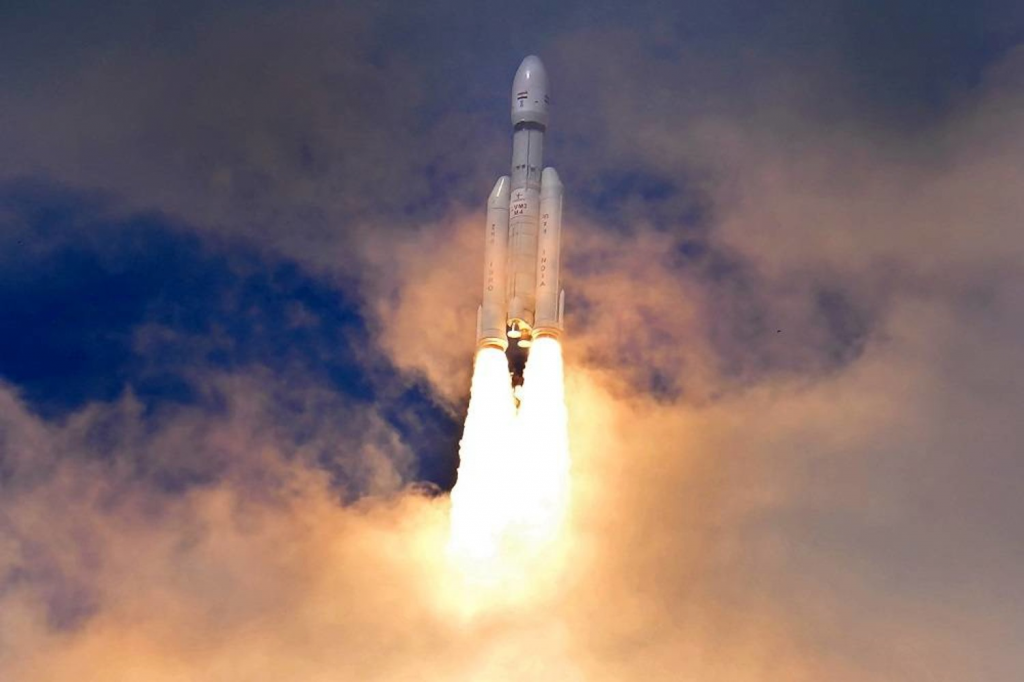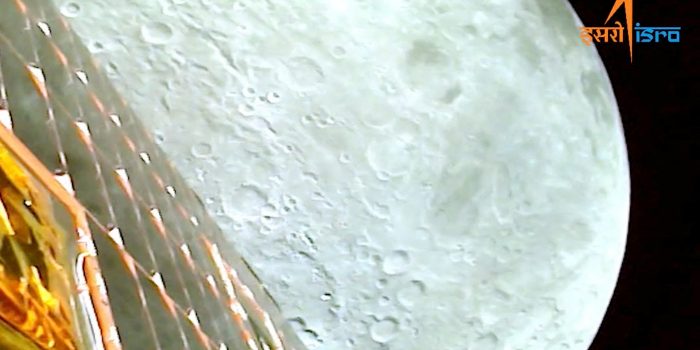Anticipation for India’s upcoming moon landing is soaring in the wake of Russia’s lunar mishap. The Indian Space Research Organization (ISRO) has unveiled images captured by its Chandrayaan-3 spacecraft, revealing the moon’s far side as the mission heads towards an ambitious landing on the lunar south pole. This endeavor comes on the heels of a recent Russian lander crash, fueling India’s drive to make history.
Chandrayaan-3 has been engaged in a tight competition with Russia to become the first to successfully touch down on the challenging terrain of the lunar south pole. This region’s shadowed craters are believed to harbor valuable water ice, a critical resource for potential future lunar settlements. Russia’s Luna-25 mission setback has heightened the significance of India’s efforts, and as ISRO confirmed Chandrayaan-3’s steady trajectory, excitement for the impending August 23 landing date has intensified.
Chandrayaan, which translates to “moon vehicle” in Hindi and Sanskrit, marks India’s second endeavor to reach the moon’s southern pole. In 2019, the Chandrayaan-2 mission accomplished an orbiter deployment, though its lander experienced an unfortunate crash. The rugged topography of the south pole presents formidable challenges, but making a successful landing there would be a monumental achievement, enabling access to resources like water ice that could sustain future lunar explorations.

Released images exhibit craters on the lunar surface, captured by Chandrayaan-3’s Lander Hazard Detection and Avoidance Camera, designed to identify safe landing spots. The mission commenced on July 14, with the lander module separating from the propulsion module the previous week. A successful lunar landing would herald India’s ascent as a space power, bolstering Prime Minister Narendra Modi’s push for private space investment and satellite-based ventures.
Beyond national pride, a triumphant Chandrayaan-3 mission would affirm India’s prowess in cost-effective space engineering. The mission’s budget of around 6.15 billion rupees ($74 million) stands in stark contrast to the production cost of the 2013 Hollywood film “Gravity.” Should Chandrayaan-3 succeed, India would join an elite club comprising the former USSR, the United States, and China as nations that have achieved lunar landings.

ISRO scientists’ meticulous preparations for Chandrayaan-3, incorporating lessons learned from previous missions, have increased its prospects of triumph. The spacecraft boasts enhanced fuel capacity, additional solar panels, and sturdier landing legs. The mission’s success could also invigorate India’s burgeoning space industry, which has witnessed exponential growth since the country embraced private launches in 2020.
With fingers crossed and hearts full of anticipation, the global space community awaits the outcome of India’s lunar endeavor, which promises to redefine the nation’s standing in the realm of space exploration.


